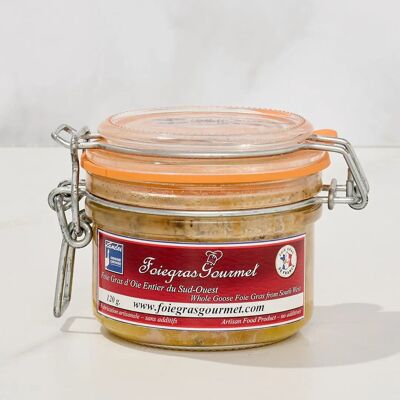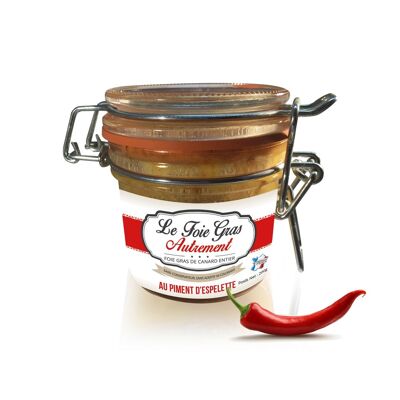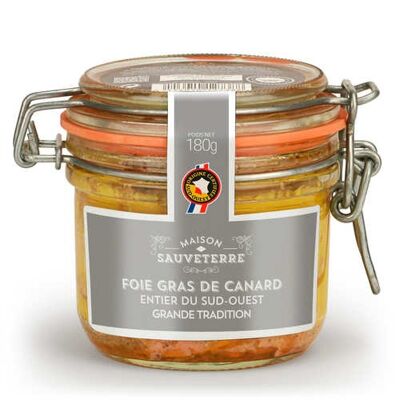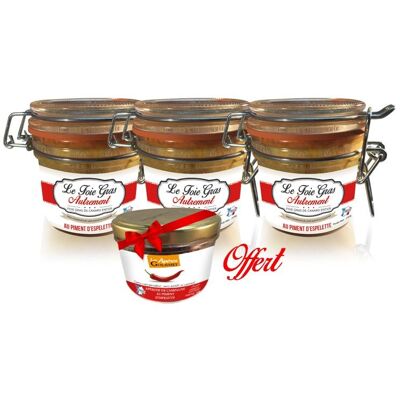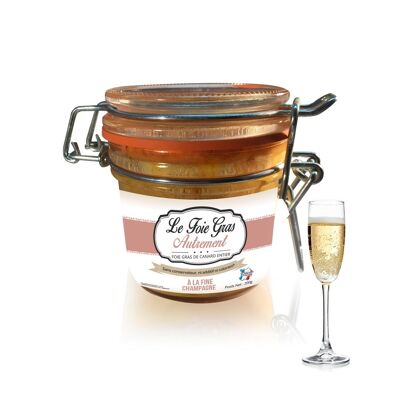


Foie gras with Espelette pepper: A gastronomic treasure from the southwest Whole duck foie gras with Espelette pepper is an iconic specialty of southwest France, combining the refined taste of foie gras with the subtle heat of the famous Espelette pepper. This marriage of flavors offers a unique culinary experience, both delicate and spicy, which seduces gourmets from around the world. In this article, we will discover this exceptional product, its origins, its preparation methods, as well as its tasting secrets to savor all its richness. Origin and history of foie gras and Espelette pepper Foie gras is an ancestral dish, known since ancient Egypt. But it is in France, particularly in the South West, that it has established itself as a pillar of gastronomy. Duck foie gras, less subtle than goose foie gras, has a more melting texture and a powerful taste, appreciated for its depth and rusticity. On the other hand, originating from the Basque Country, Espelette pepper was introduced in the 16th century by Spanish sailors. Grown exclusively in the Espelette region, this pepper is the only one in France to benefit from a PDO (Protected Designation of Origin). With a moderate heat, it is appreciated for its fruity taste and subtle notes which enrich dishes without dominating them. To obtain quality foie gras, the livers are rigorously selected. They must be fresh, weighing between 300 and 600 grams to ensure optimal texture. The ducks are raised in respectful, free-range conditions and are fed with local grains to ensure an authentic taste. Ingredients Once the whole duck foie gras is prepared, it is seasoned with a pinch of salt, pepper and a controlled dose of Espelette AOP pepper. 180 grams is enough for a starter for 3 to 4 people. Tasting Tips Pair this foie gras with a sparkling wine or brut champagne; these options highlight the sweetness and complexity of the foie gras without overshadowing the subtle touch of Espelette pepper, creating a balance between freshness and flavor. Serve the foie gras with fig confit or mango jam: The sweet notes of these accompaniments balance the creaminess of the foie gras and enhance the spicy touch of the Espelette pepper. You can also place a small portion of jam next to the foie gras and enjoy the two together on crispy toast for a contrast of textures and flavors that will highlight your unique gastronomic profile. Storage The best before date of the product is written on the back of the glass jar. This product can be stored for several years in a cool, dry place (between 10 and 15°C). Once opened, foie gras can be kept for several days in the refrigerator. For foie gras in a jar, simply close it and store it in the refrigerator. Don't worry about the calories in foie gras; its fat content has positive health benefits if consumed in moderation, just like olive oil.









